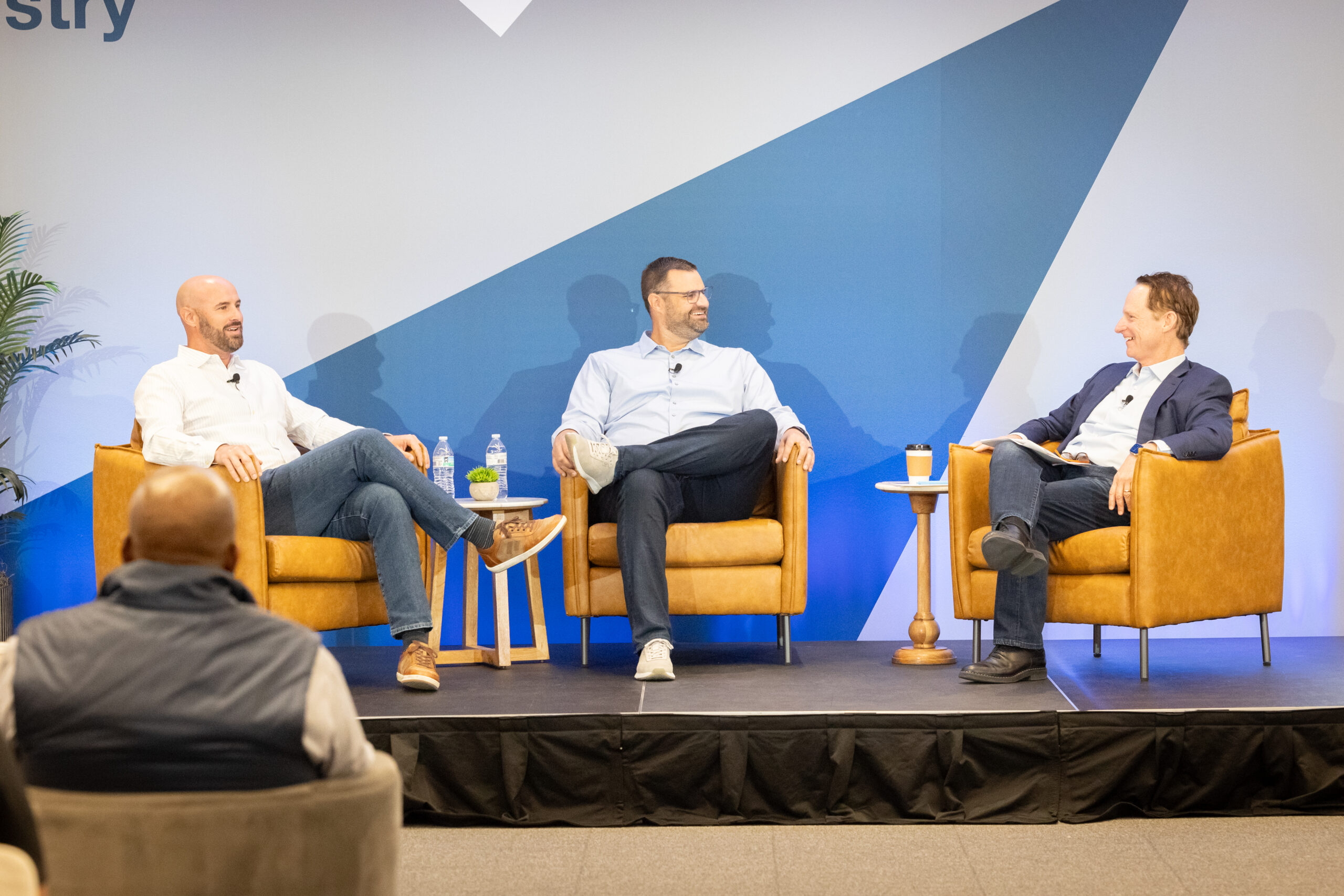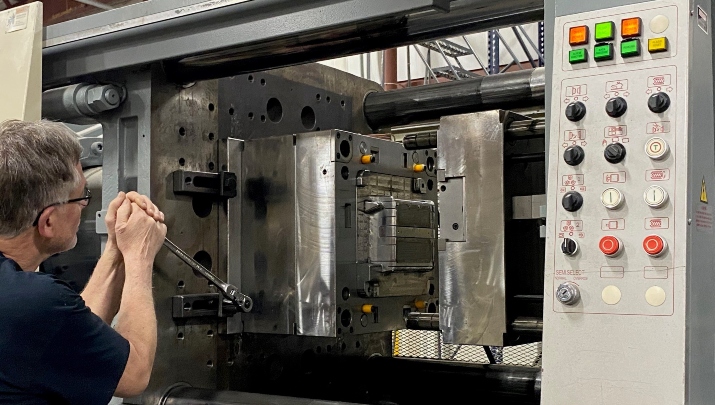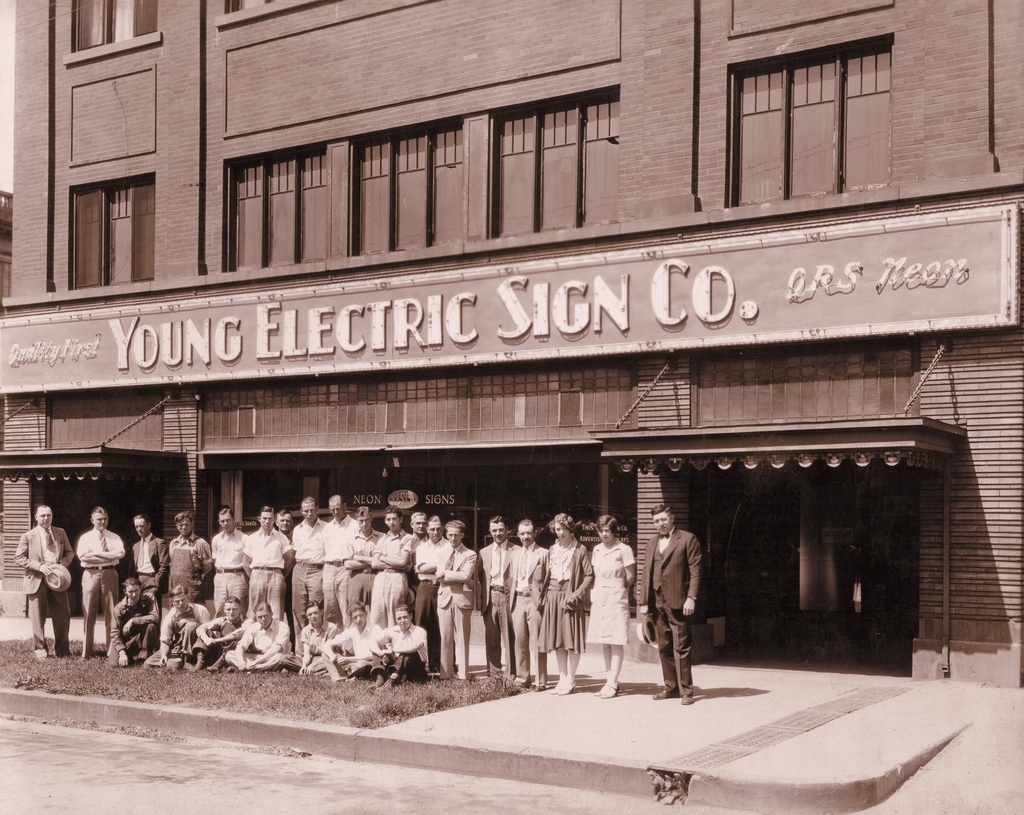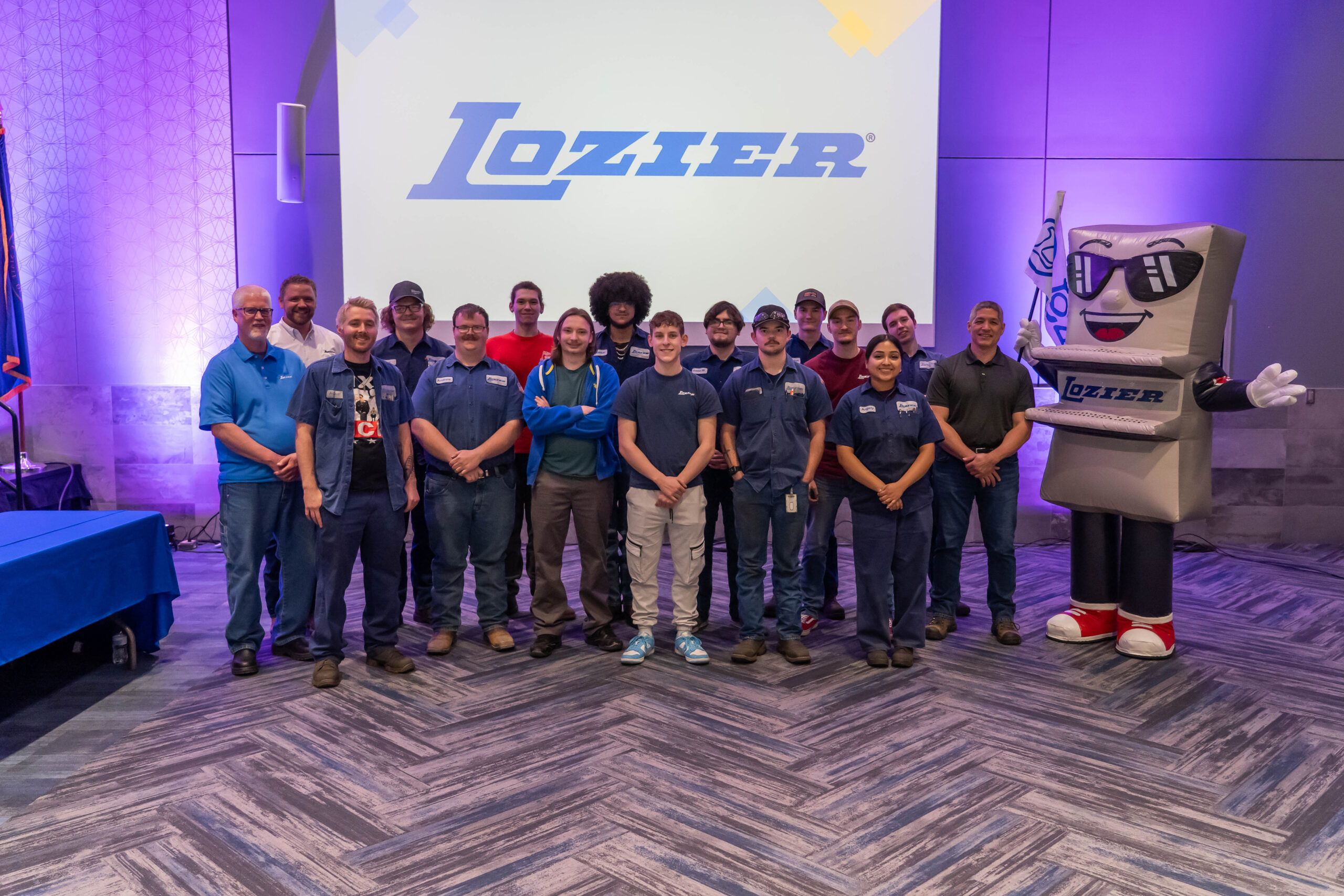

Why Our Company Is Tackling Pay Equity—and How We’ve Made It Work
- Robin Petravic
- Heath Ceramics
In 2003, when my wife, Catherine, and I bought Heath Ceramics, a home goods company founded in Sausalito, California in 1948, we seized on the opportunity to embrace a different approach to business.
As designers, we were of course inspired by the chance to design and produce beautiful products and to be involved in that process from start to finish. But in what was an intentionally contrarian response to the Bay Area’s move toward tech, we also saw it as a unique opportunity to nurture a company that was an anomaly—a privately held manufacturing business with a holistic view of creating timeless products of value. Also core to our decision was the idea of setting an example of running a business not just as a vehicle for making money for its owners but as an organization that serves a purpose in the community by providing jobs and a sense of pride in craftsmanship.
It hasn’t been easy to push against the status quo in the years since. It was tough to compete for workers in 2003, and it’s even harder today, mostly because of how tech jobs pay and how pay for those white-collar office jobs has increased disproportionately through the years compared with pay increases in manufacturing.
To attract the quality team members we want and need to continue to grow Heath, we end up competing on values. Working at Heath means you’re involved in making tangible products with long-lasting value and investing in the community through the creation of manufacturing jobs that are at our core. With the right people, this has a real appeal over working for shareholder value.
While we didn’t set out to change the world, we’re trying to make it better in small, tangible ways that count—to set an alternative example on a small scale. It turns out, this is appealing to the people we have working here as well.
Taking a Leap to Cover the Gap
In the wake of the racial and social justice discourse of the summer of 2020, we saw an opportunity to make change that we felt would reflect our ethos and our aspirations for Heath as an organization committed to prioritizing people and community. As we fielded questions from employees who wanted to know how we were going to respond to the social justice conversation and create change, I engaged our leadership team around potential action and responses. In the course of these meetings, our Finance Director, Roger, brought up the idea of focusing on pay equity and narrowing pay disparity as a potentially impactful response.
Over the last two decades in the Bay Area, pay in white collar office jobs has been increasing at a higher rate than manufacturing and retail jobs (another large employee group we have), so pay disparity has been growing. When we really did the research, we found an 88 percent increase for office jobs versus 65 and 49 percent increases for manufacturing and retail respectively.
In reviewing this and more in-depth analyses of pay disparity in general and in the Bay Area specifically, we felt that one of the most impactful actions we could take toward building more equity and reversing these systemic societal injustices would be in committing to provide a living wage for all Heath employees.
A living wage is defined as one that covers the basic needs of an employee (and sometimes his or her family), including food, housing, healthcare, education, and transportation, as well as some discretionary income. To understand what that meant for our employees, we set about conducting research and connecting with experts. Ultimately, we were able to determine that, in the Bay Area, the living wage is $20.
The premise of committing to a living wage as a response to social and racial injustice is that narrowing pay disparity can help to narrow disparity on many other levels. Socio-economic disparity is a big factor in systemic repression, including racial inequity, affecting access to better housing opportunities, quality education, and access to banking, among many other factors.
Given the appetite for change and action across the organization, we felt the time was right to take action. Our leadership team was immediately energized around this idea; it really spoke to us all clearly through the noise and frustration of this time. This was something that could create meaningful, lasting change for our employees and set an example in our community.
How Do We Pay for It?
Having decided that providing a living wage was really important, the inevitable follow-up question was, “How do we pay for it?”
Tackling this initiative when we did, as the company was still emerging from the impact of the pandemic, made us very aware of the need to find a sound, sustainable financial footing for the plan. It was our Finance Director, again, who pointed us toward what would become our solution.
Roger asked if we might consider rethinking our 401k plan, pointing out the potential inequity in that benefit. For years we’ve been proud of offering the same level of benefits to all our employees, but when we dug into the details of the 401k plan, we found that it did not provide equity for those on the lower end of the pay scale. Our matching program, through which we make employer contributions to match employee contributions, presents a particular problem because if you are on the lower end of the pay scale and can’t afford to put your money into a 401K account, you get nothing, whereas if you are a higher earner who can afford to contribute a lot of your pay into your account, you get free money from the company. It turns out its a benefit that builds disparity on top of existing economic disparity. If you’re looking to create equity, it’s not right.
By replacing our matching program with equal contributions for everyone, based on tenure and regardless of pay level, and taking half of the money we formerly put toward employer matching contributions to fund a large portion of the living wage increase, we were able to raise starting pay from $16 to no less than $20 an hour. The 28 percent of Heath’s employees who at the time earned less were brought up to at least that level.
Next Step: Communicating Change
Having developed what we felt was a workable, equitable plan, I was really concerned with how to roll out the initiative effectively. How could we share the intention, the data, and the details successfully across our broad range of employees? Should we share it with everyone? When and how? What language would be best for which audience?
Having created a dense background document, we had the core information to distribute, but we needed to make it accessible to our diverse team, which ranges from manufacturing workers whose first language is not always English to retail managers to white-collar office employees.
Ultimately, we decided the best approach would be to first share the plan with the leadership team, followed by the managers, through small group discussions, during which we would also share the background whitepaper. Then, we created a more-concise, summary document to share with team members more directly affected by the living wage increase and our people in retail, production, and shipping. We personally met with those groups as well. In each instance when the information was distributed, the document included questions and asked employees to engage and offer feedback.
These small discussions were a powerful tool in our process and helped ensure people really understood our intention and the details. I think the transparency and clear communication were essential. Our head of people, Allison, Roger, and I took the time to sit down with approximately 16 small groups of eight people or less, including every single person in the company. We answered every question.
As we led these small groups, I was struck with the difference in the dynamic of these meetings. So often in my experience leading big meetings, I feel as though I’m talking at people; when I ask for questions, nobody has anything to say. In the small meetings, we saw wonderful, thoughtful voices emerge and great ideas generated from people we had never heard from before.
Of course, it was inevitable that we would experience some friction. We anticipated push back, and we did get some from higher-paid workers who felt their benefit was being diminished and from some who questioned other aspects of the plan. We continue to work through those concerns and have made some modifications.
Lessons to Carry Forward
Overall, this initiative has strengthened our team and has been additive to our culture. We’ve learned and grown together, and I hope we will carry lessons from this experience forward. We already see that this work has had an impact that other efforts—including our ESOP—have not. In my view, that’s because this change will have a more direct, immediate impact on a large number of team members who can benefit from tangible help today. The reality is that while ESOPs and 401ks and similar benefits are created with the best of intentions, some people just need to get paid more today; they just need to get by.
We know we’re not done with this work. We will need to continually strive to reaffirm our position on this front, to work toward alignment across the entire team and ensure the intention behind it remains a firm pillar of our culture. We’ll need to continue to create policies around equity, around pay levels between the highest and lowest, and explain—in clear and accessible language—why those things are important.
It’s our hope that as we continue to learn and grow, we continue to make a difference in a meaningful way for our team and in our community.
Robin Petravic is Owner and Managing Director of Heath Ceramics.
More Articles and Videos

Fireside Chat with Dave Thrasher, Dan Thrasher, and Dave Whorton
- Dave Thrasher, Dan Thrasher, & Dave Whorton
- Supportworks and Thrasher Group

Get Evergreen insight and wisdom delivered to your inbox every week
By signing up, you understand and agree that we will store, process and manage your personal information according to our Privacy Policy






